#Japanese beetles
Text
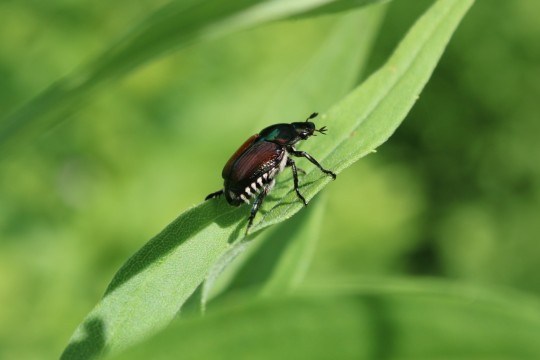

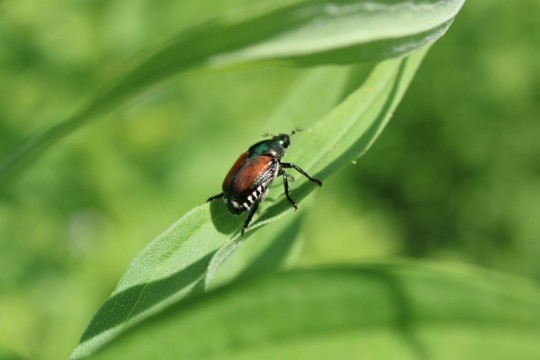

boy look at my insact
(Popillia japonica "Japanese beetle", Northeast US. Do not use or repost my images without explicit permission!)
#bug.txt#bug tag#my pics#beetles#japanese beetles#insects#insect photography#arthropods#scarabaeidae#scarab beetle#bugs#bug photography
23 notes
·
View notes
Text
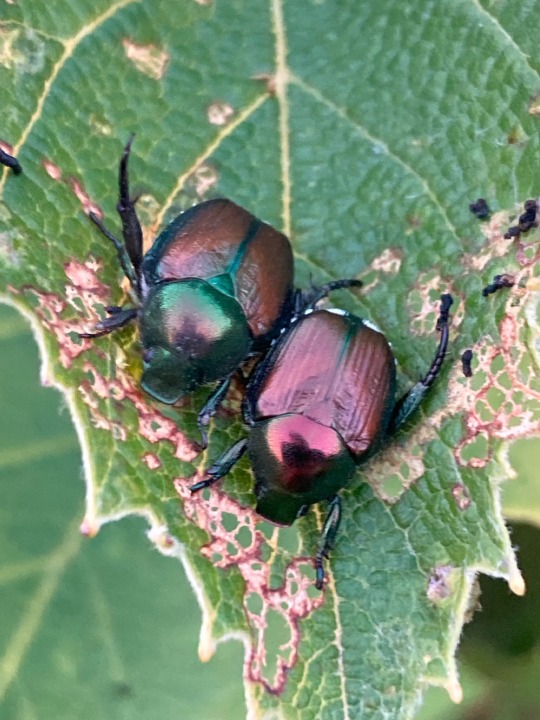
a couple of beetles (p. japonica, i believe) in the process of skeletonizing a grape leaf
#popillia japonica#japanese beetles#bugblr#bug pictures#insects#scarabs#p. japonica#popillia#scarabaeidae#insect photography#bugs
15 notes
·
View notes
Text

Insects and Where You Find Them. Written and illustrated by Helen Damrosch Tee-Van. 1963.
81 notes
·
View notes
Text
Battling Japanese beetles
As if it wasn’t already difficult to grow roses in Oklahoma, we are now battling Japanese beetles too. Normally, I don’t like to include words of war in my posts, but battling Japanese beetles is just that. War.
Damage from Japanese beetles on Rosa ‘South Africa.’
Identifying Japanese beetles
From the University of Illinois Extension: “Adult Japanese beetles are stocky and range from about 3/8…

View On WordPress
#David Austin roses#Growing roses in Oklahoma#Integrated Pest Management#Japanese beetles#Rose pests#Roses
9 notes
·
View notes
Text

Japanese beetles are the beetles that can eat plant leaves and roots. These beetles can grow from 1 to 1.5 inches and it is hard to eliminate once present. Here are the effective natural methods to avoid the presence of Japanese Beetles.
2 notes
·
View notes
Text
What Kills Japanese Beetles? 6 Effective Methods to Try Today
Do you find getting rid of Japanese beetles in your garden challenging? Are you tired of them wreaking havoc, undoing all your hard work and dedication?
Things are about to change. In this article on ‘What kills Japanese beetles?’ you will get a list of 6 effective methods to implement. Whether you’ve been battling them for years or found a recent infestation, these tips work just the same.
Are…

View On WordPress
0 notes
Text
What You Need to Know About Japanese Beetles
As part of our ongoing series on invasive insects, this article focuses on Japanese beetles, a significant concern for homeowners and gardeners due to their destructive impact on over 300 species of ornamental plants. This article will discuss the characteristics, life cycle, and damage caused by Japanese beetles in Pennsylvania. We will also explore various control methods and offer tips for preventing infestations.
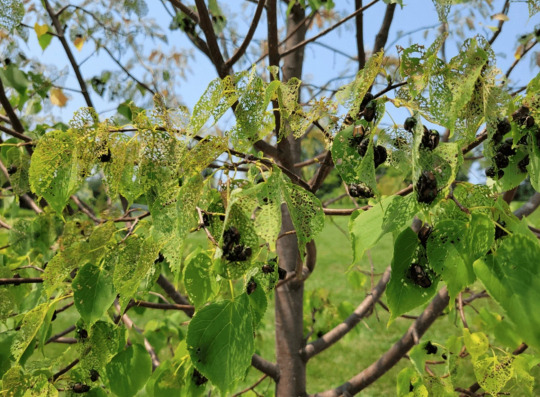
How Japanese Beetles Came to Pennsylvania
Japanese beetles (Popillia japonica) are invasive insects native to Japan, as the name implies. The Japanese beetle was introduced into the U.S. in 1916 near Riverton, New Jersey, and likely arrived in the United States on ornamental nursery stock. The pest soon spread throughout the eastern United States, being detected on the west coast as early as the 1940s. Since then, the pest has spread throughout much of North America, affecting most states and Canada.
Japanese Beetle Appearance
Adult Japanese beetles are about one-half of an inch long with a shiny metallic green body and copper-colored wing covers, and their neck, head, and legs are reddish-brown. The adult beetles also have two patches of white hairs at the tip of their abdomen and five tufts of white hairs on both sides of their abdomen. In addition, adult beetles often have orange wing tips, which show when they are flying to escape predators or when disturbed. The larvae, or grubs, are creamy-white with brown heads and three pairs of legs on the thorax region (where the wings and legs attach to the main body).
Beetle Life Cycle
The beetle’s life cycle is completed in approximately one year in Pennsylvania. Female beetles lay eggs in the soil under host plants in late June through mid-August. Then, the beetle larvae will hatch after two weeks and feed on grass roots until winter. Japanese beetles spend the winter buried in the ground, moving towards the surface as the spring season approaches and the weather gets warm. During this time, the larvae will continue to feed on grass roots until they mature, usually from late May through June.
From late June to July (around June 20 in the southern areas of Pennsylvania), the larvae will have matured into adult beetles and emerge from the ground. While Japanese beetles begin emerging from the soil around late June, the pests are most abundant during July. When mating, female beetles lay around 40-60 eggs in the soil, where the life cycle repeats.
As mentioned previously, the beetles feed on more than 300 species of host plants, from ornamental plants to even fruit and crops. The larvae only feed on grass roots, while the adult beetles feed on a much more extensive range of plants. Some common ornamental plants the pest feeds on include roses, flowering cherries, marigolds, and birch—adult beetles damage plants by “skeletonizing” the foliage. “Skeletonizing” means that the beetles consume only the leaf material between the veins. As a result, these leaves may turn brown and eventually fall off.
Adults feed during the day and tend to favor hot weather and plants growing with total exposure to the sun. The larvae, meanwhile, damage lawns by chewing grass roots, causing the turf to brown and die. The result is that the turf pulls up easily from the soil, or dead patches of grass form if the problem is severe.
Japanese Beetle Treatment & Management
Our plant health care specialists have a specific treatment program for managing the beetles and protecting your plants. For example, one pest management treatment method for Japanese beetle populations in a landscape is pesticide application.
Methods for controlling and eliminating Japanese beetles include:
Biological approaches: Introducing natural predators, such as parasitic wasps or flies, can help control beetle populations.
Chemical approaches: Pesticide applications by plant health care specialists can manage beetle infestations and protect plants.
Cultural approaches: Removing rotting tree fruit and maintaining a healthy lawn can help prevent beetle infestations.
Traps are also available, but the trapping method is used more as a monitoring tool to measure the extent of pest presence of the pest. Traps use floral lures or female pheromones to attract beetles, so the traps could attract more beetles to your landscape. Like the pesticides, these traps should be handled by a professional plant health care specialist to ensure that they are used correctly.
Contact Burkholder PHC for Japanese Beetle Treatment in Your Landscape
Japanese beetles can be a significant issue for homeowners, as the beetles negatively affect the appearance and health of their plants and lawn. If you have plants that show signs of the pest’s activity or want to keep your landscape safe from them, reach out to Burkholder PHC. Our team will conduct a plant health care evaluation and diagnosis of your landscape and inform you of your treatment options. We provide no-cost identification of the situation in addition to free testing, diagnostics, inspections, and evaluations. Contact us today for a free consultation.
Blog is originally published at: https://www.burkholderphc.com/what-you-need-to-know-about-japanese-beetles/
It is republished with the permission from the author.
0 notes
Text

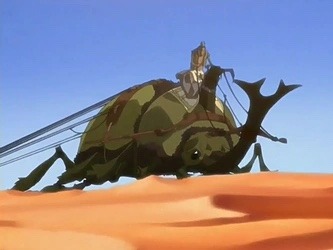


I’ve been rewatching ATLA and I always freak out during this episode for two reasons
1) poor Appa :(
And 2) GIANT BEETLES!!!
I love that they’re basically just Japanese rhino beetles but extremely large and green. What I wouldn’t give to have a beetle this large…
#Beau bug talks#insects#entomology#bugs#insect#bug#bugblr#beetle#coleoptera#beetles#rhino beetle#Japanese rhino beetle#atla#avatar the last airbender
654 notes
·
View notes
Text
Beetle trap update. 🪲🪤 Sorta works, sorta not. --Loki💛😺
#cats#plushie#puppet#cat#stuffed animals#puppetry#plush animal#plush toys#puppets#plush cat#puppet show#gardening tips#gardening#garden#japanese beetles#japanese beetle#beetle trap#scarab beetle#garden pests#pest control
0 notes
Text
Weed or Wild Strawberry? Queen Anne's Lace or Yarrow? How to Tell the Difference
Is it a strawberry or a weed, yarrow or Queen Anne's Lace? Two native plants are often confused with non-natives.
This cultivated strawberry plant looks very much like its distant ancestor, the native wild strawberry. Those funny little plants that pop up in your flower beds are definitely not wild strawberries, no matter how much your neighbors insist that they are.
Sometimes, it’s very easy to confuse plants, and some plants are so frequently misidentified that the false identity becomes fixed in our…

View On WordPress
0 notes
Text

Japanese beetle larva
By: Unknown photographer
From: Natural History Magazine
1962
107 notes
·
View notes
Text

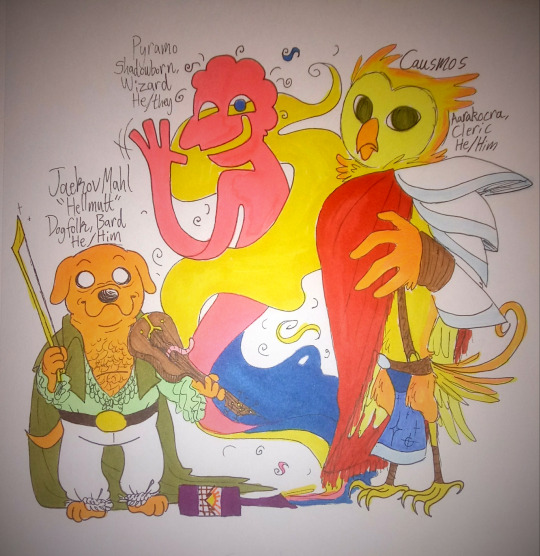
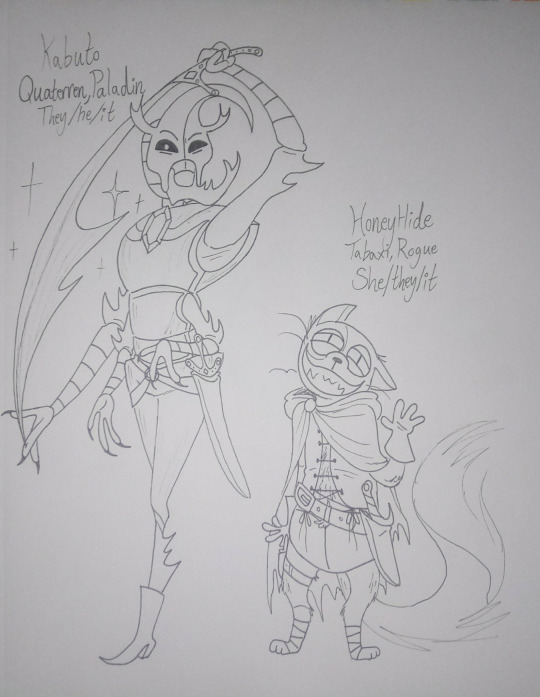

i was like "hey jake & cosmic owl & prismo seem like tabletop roleplaying game types of guys" & it spiraled from there .
so here r the player characters of jake, prismo, cosmic owl, scarab and cake. scarab probably wouldnt get invited logically but the allure of a bug paladin was too strong
#adventure time#jake the dog#prismo the wishmaster#cosmic owl#scarab the god auditor#cake the cat#jess scribbles#scopophobia//#also something something prismo trying to replace jake w scarab etc etc. but also scarab would be all for this i think.#might suck the fun out of it for every1 else but hes having fun<3#btw kabuto is based on hercules beetle. stag beetle. and japanese rhino beetle#and pyramo's cursed. so hes stuck in a wine bottle & he can only go where it goes. aka someones gotta carry it
77 notes
·
View notes
Text


japanese rhinoceros beetle (Allomyrina dichotoma), but green because i wanted to play with colour. october 5 2023.
#clowns around evilly#burger art#bug#bug art#bug drawing#traditional art#japanese rhinoceros beetle#Allomyrina dichotoma#insect#beetle#insect drawing#no id
80 notes
·
View notes
Text
hilarious that, of the two times we’ve seen teru try to identify an animal by sight, he was wildly incorrect both times. choosing to believe this is a consistent character trait.
#is_this_a_pigeon.jpg#for reference the two times were summer break omake and the hotspring ova#summer break omake he mistakes both a june bug and a cockroach for a stag beetle#and hotspring ova cd track he mistakes a serrow deer for a monkey#<- honestly less of a drastic mistake than you would expect snow monkeys and japanese serrows do look similar#mp100#mob psycho 100#teruki hanazawa
278 notes
·
View notes
Text
Japanese beetles 🪲 efurrywhere. --Loki💛😿
#japanese beetles#japanese beetle#scarab beetle#garden pests#pest control#gardening#garden#garden problems#web series
0 notes